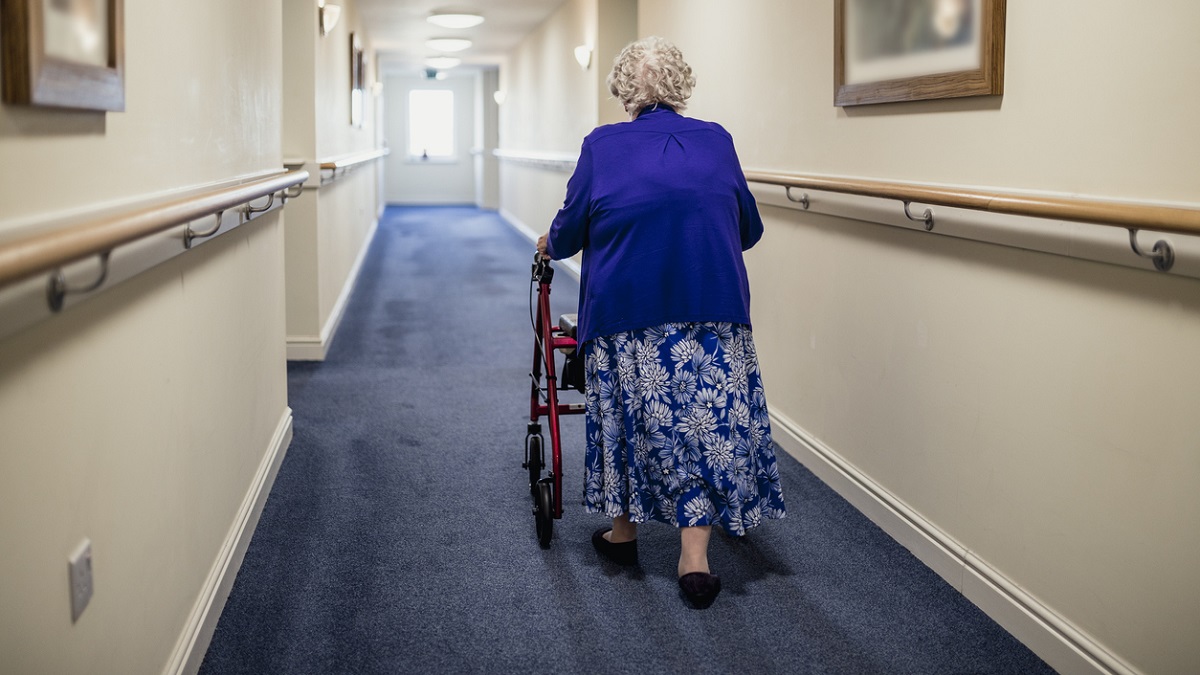Taking control of painful symptoms is challenging under even the best of circumstances. Yet, taking affirmative steps in this regard can be empowering. These five tips can help you manage your pain both on your own and in connection with others.
1. Become aware of your baseline pain and create a self-care plan. Gain familiarity with your symptoms. This will allow you to recognize when further intervention or changes need to be made, or if your treatment is working. Next, develop a self-care plan. Create a schedule, routine, or checklist for your treatment so that you can comply with your physician’s directions and engage family and friends where you may require assistance.
Click Here to Visit the Store and find Much More….
2. Self-manage your pain alongside a comprehensive treatment plan. A comprehensive treatment plan can empower your health. There are many components that can go into a treatment plan such as proper diet and exercise. Another way to keep up with an active lifestyle is to make massage part of your daily routine. In fact, according to research, a significant reduction in pain levels can be achieved with therapeutic massage. In addition to relieving tension, massage can help decrease swelling and improve blood circulation to promote the healing of soft-tissue damage, bruising and muscle fatigue. It also helps improve flexibility and mobility faster while reducing overall stiffness.
Massage can also impact the healing process by improving relaxation, sleep, emotions and overall recovery. There are many options for massage, and often at-home tools may be the most convenient for individuals who are limited by function or time. For example the Wahl Deep Tissue Massager is a useful tool to add to a pain management regimen that’s convenient, cost-effective and respectful of your busy schedule.
3. Communicate your limitations to people close to you. By communicating clearly to your close friends and family, misunderstandings and stigma can be avoided. Clear communication can create a path toward additional support for better health outcomes. Pain is a subjective phenomenon, and until you communicate about it to your doctors, they cannot help you make a road map to reach your destination of pain relief. Communicating about your pain will help you garner support and it is the first step to alleviate the cycle of mental stress related to your painful symptoms.
4. Create a goal-oriented daily routine that you can achieve. Setting a reasonable framework will help you cope with your pain and stress in an effective manner. Clarifying roles and responsibilities for yourself and those within your support network can ease anxieties that could exacerbate pain. Perhaps you are taking on a function that is better delegated, oralternatively, maybe an already delegated task could be better accomplished on your own. Creating reasonable expectations for the people in your circle can help you ultimately gain traction in your health goals.
5. Learn coping mechanisms to address your mental health wellness. Coping is key to dealing with chronic pain. There are negative emotional consequences of chronic pain that require one to think positively and practice gratitude. Meditation can give you a spiritual experience and support. The regular practice of meditation creates a relaxation reflex. It calms your mind and releases tension in your body tissues. Practice positive affirmations and continue to stay focused on your goals to better health.
Additionally, music therapy can be a useful way to supplement a comprehensive pain treatment plan. Listening to the music of your choice can help your body calm and release the tension in your muscles. As suggested by a research study, music interventions may provide a practical complementary approach for the relief of acute, procedural and chronic pain management. These are only a few examples of coping mechanisms which you may choose to integrate into your treatment plan.

Click Here to Visit the Store and find Much More….
For More Information Related to Fibromyalgia Visit below sites:
References:
Fibromyalgia Contact Us Directly
Click here to Contact us Directly on Inbox
Official Fibromyalgia Blogs
Click here to Get the latest Chronic illness Updates
Fibromyalgia Stores

